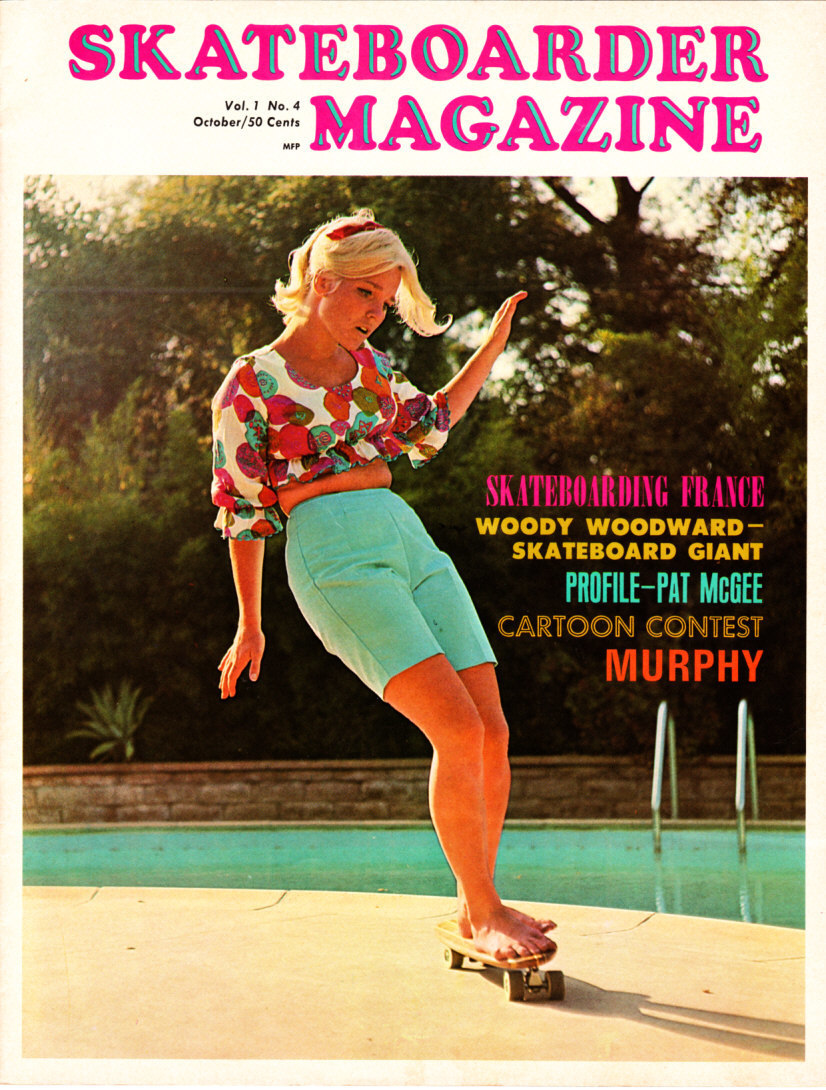For far too long, the word “tomboy” was loosely defined and grossly oversimplified as a girl who wouldn’t be caught dead in a dress and preferred playing with boys. However, the real issue has never been playing with boys; it’s playing altogether, following the natural impulse to run, jump, climb and dive. So whether one argues a tomboy is born or made by nature or nurture, she is nothing if not a body in motion, and it’s that innate relationship with her body that defines her style, not vice versa.
Which, of course, brings us to the woman who broke the mould, none other than the original tomboy fashion icon herself, Coco Chanel. The revolutionary sweetheart who made cross-dressing the norm, yet she was far from androgynous, sporting traditionally male garments, like trousers, suits and ties, she amplified her femininity rather than projecting masculinity. Vive la différence indeed, and inspired by purely practical reasons of comfort and necessity, Chanel became sportswear’s mother of invention.
A woman’s prerogative for the 20th Century reinforced by social movements like the suffragettes in the 20s, Rosie the Riveter in the 40s, and the one-two punch of the sexual revolution and equality legislation in the ’60s, but still. What to make of a label that attempts to define a breed of woman who defies categorisation? Tomboy Style author Lizzie Garrett Mettler has dedicated years to studying the most phenomenal of the tomboy phenomenon, and acknowledges that tension: “The problem is ‘tomboy’ is a very imperfect word. It’s a double masculine. Etymology is imperfect, though, and it’s the best word I think we have.”
Undoubtedly, that “double masculine” creates the push-me-pull-you effect, and unsurprisingly some tomboys embrace the label whilst others reject it. Take Patti McGee, 1964 National Skateboard Champion and first woman to earn the title, called a tomboy from the start, she says, “It was my badge of courage!” McGee, a Cold War-era blonde bombshell, mixed never-before-seen acrobatics and showmanship with her own personal style, and in the process astounded and confounded all preconceptions of a female athlete in an era ruled by Mad Men. McGee was just doing her thing, a free spirit expressing herself freely. Which raises the counterpoint of tomboy individuality: improvisation.
A perfect example is Stop It Right Now blogger and LA-based designer Jayne Min, whose customised skateboards went viral in 2011. (Et voilà! Chanel start branding their own logo-embellished decks the following year.) Min matter-of-factly explains their origin: “I was moving into a new place and wanted to fill my wall space. I had a bunch of decks to hang but most were heavily logo’d. I was just thinking it’d be nice to have a deck with a clean graphic pattern and I was so into the Céline pattern, I thought why not?”
“What may initially identify a tomboy is clothing, but what truly defines a tomboy, in my opinion, is an inherent sense of confidence, rebelliousness and adventure,” says Garrett Mettler. That’s exactly what these women prove; their common denominator is mobility, not passivity. On that note, as inevitable as shop-this-look editorials have become, there is only one way to truly embody tomboy style: get off your ass. Because it’s not what you see on the page, it’s what you do off it. Case in point: Patti McGee’s legend doesn’t live on the cover of LIFE magazine, but in mentoring the second and third-generation of female skaters. McGee says her style hasn’t changed one bit over the years, owing to the fact that, “Style is living to play again another day.”
All of which is to say the proliferation of tomboys in the mainstream is arguably the best and worst thing that could happen. Because the more tomboys who come into being and doing, the more outdated the label becomes. And for all her achievements, for all the hard won progress, ultimately, whether catching air, riding waves or sailing the seas, the greatest honor a girl can bestow any tomboy idol, past or present, is to let it rip and leave her in the dust.
Credits
Text Courtney Eldridge
Image from Skateboarder Magazine.
